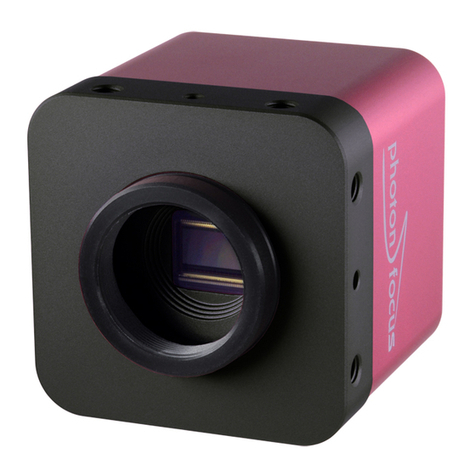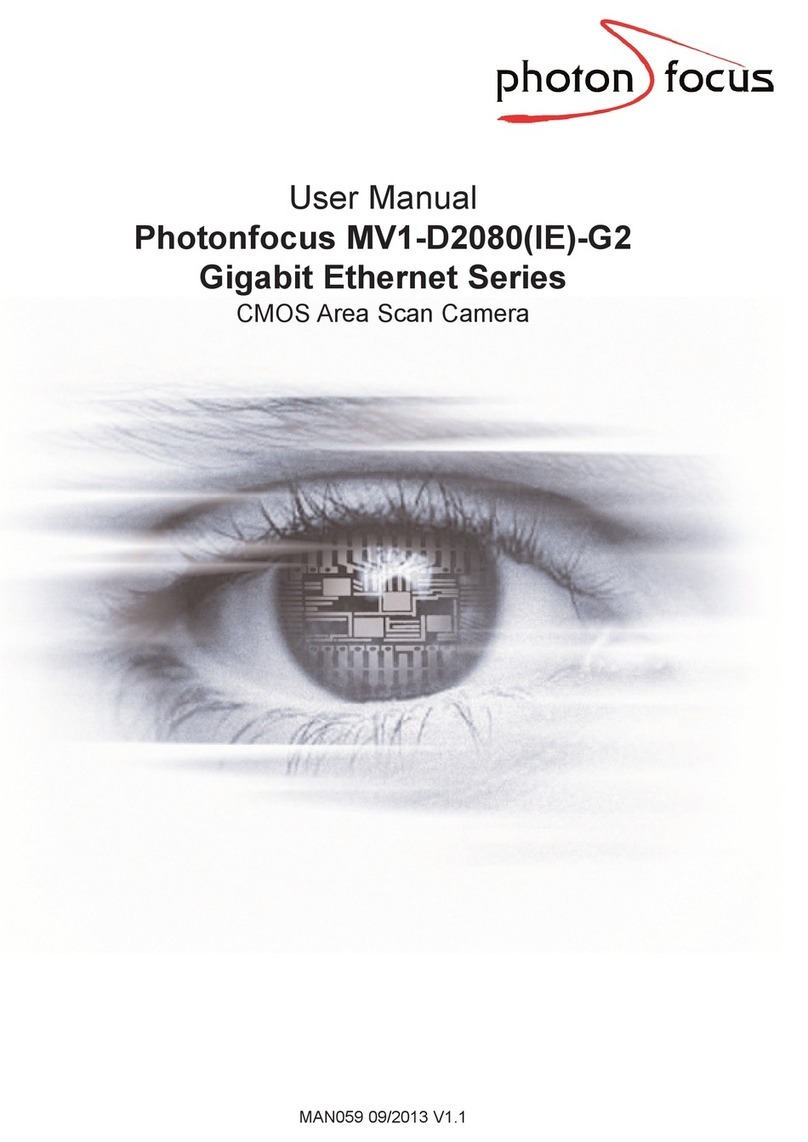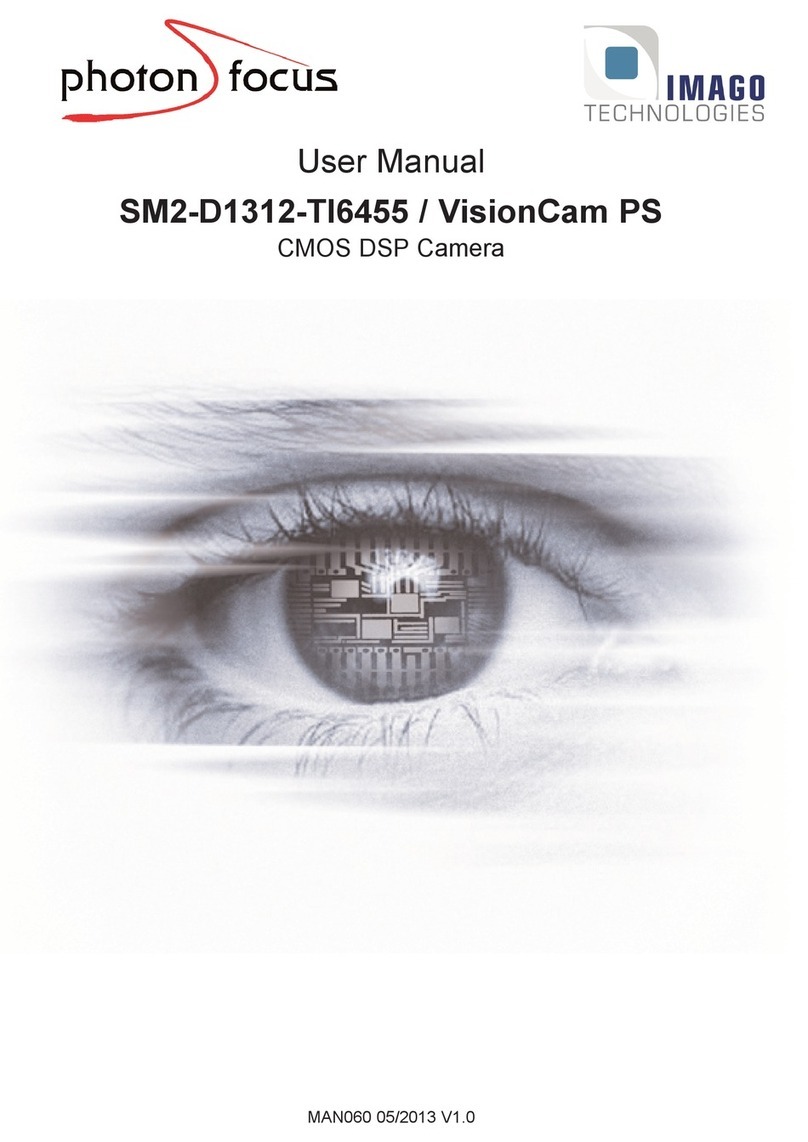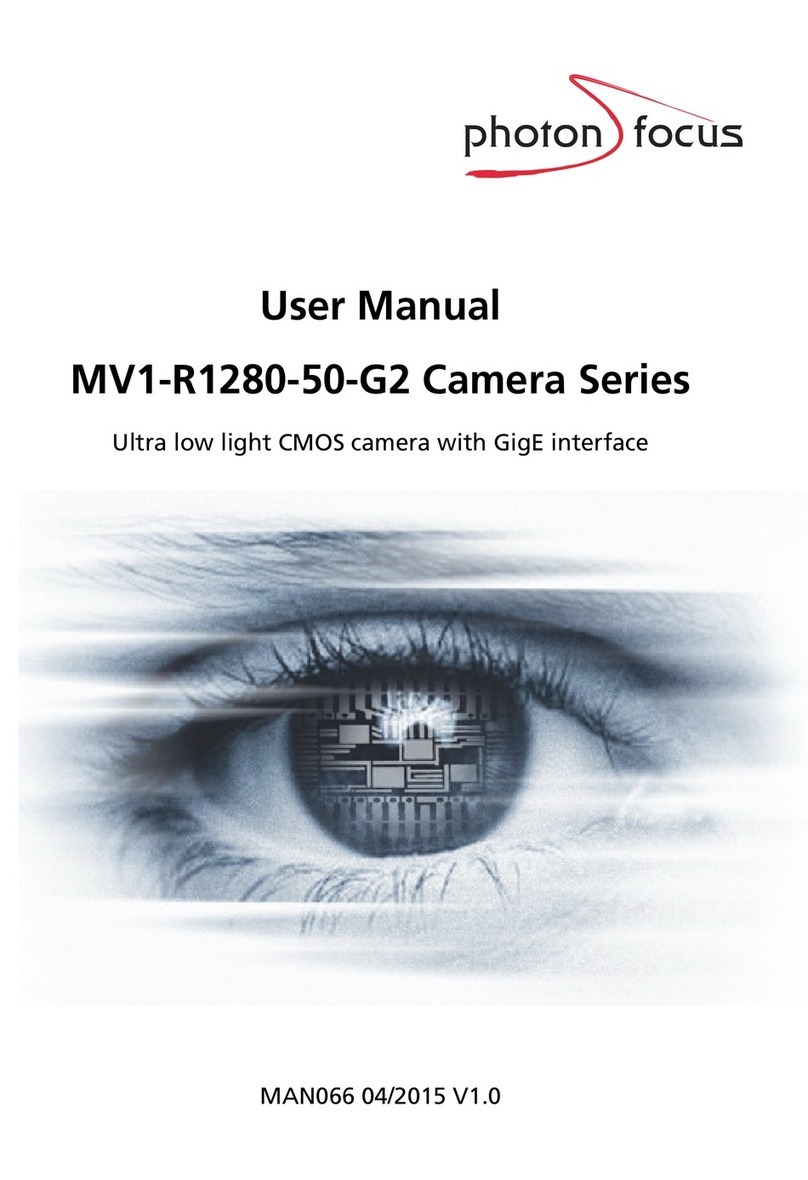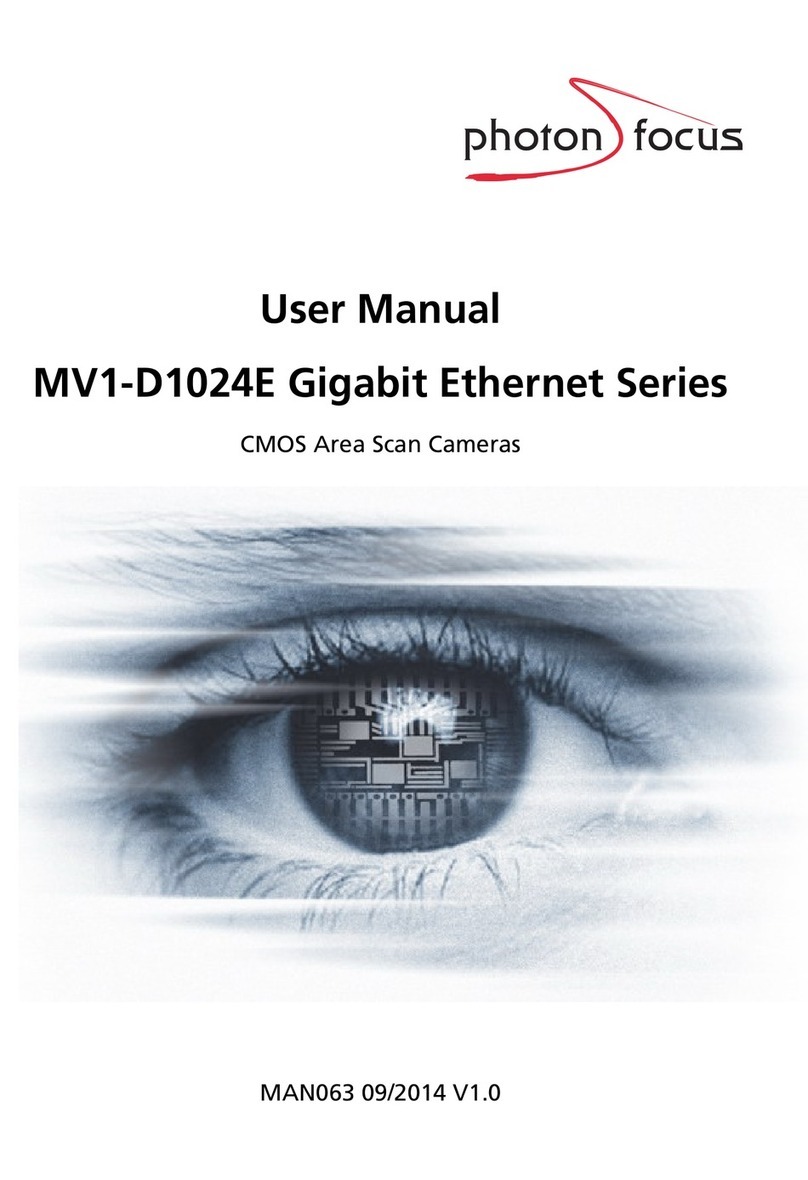CONTENTS
4.6.3 CorrectedImage.................................... 48
4.7 DigitalGainandOffset.................................... 49
4.8 FineGain............................................ 49
4.9 Channel Colour Level Transformation (LUT) . . . . . . . . . . . . . . . . . . . . . . . . 49
4.9.1 Gain........................................... 49
4.9.2 Gamma......................................... 51
4.9.3 User-defined Look-up Table . . . . . . . . . . . . . . . . . . . . . . . . . . . . . 52
4.9.4 Region LUT and LUT Enable . . . . . . . . . . . . . . . . . . . . . . . . . . . . . 52
4.10 Image Information and Status Line . . . . . . . . . . . . . . . . . . . . . . . . . . . . . 55
4.10.1 Counters and Average Value . . . . . . . . . . . . . . . . . . . . . . . . . . . . 55
4.10.2StatusLine ....................................... 55
4.11TestImages........................................... 57
4.11.1Ramp .......................................... 57
4.11.2LFSR........................................... 57
4.11.3 Troubleshooting using the LFSR . . . . . . . . . . . . . . . . . . . . . . . . . . . 57
4.12 Configuration Interface (CameraLink®) .......................... 60
5 Hardware Interface 61
5.1 Connectors........................................... 61
5.1.1 CameraLink®Connector ............................... 61
5.1.2 PowerSupply ..................................... 61
5.1.3 Trigger and Strobe Signals . . . . . . . . . . . . . . . . . . . . . . . . . . . . . . 62
5.1.4 Status Indicator (CameraLink®cameras)...................... 63
5.2 CameraLink®DataInterface................................. 63
6 The PFRemote Control Tool 65
6.1 Overview............................................ 65
6.2 PFRemoteandPFLib ..................................... 65
6.3 OperatingSystem....................................... 65
6.4 InstallationNotes ....................................... 65
6.5 Graphical User Interface (GUI) . . . . . . . . . . . . . . . . . . . . . . . . . . . . . . . . 66
6.5.1 PortBrowser...................................... 66
6.5.2 Ports, Device Initialization . . . . . . . . . . . . . . . . . . . . . . . . . . . . . . 67
6.5.3 MainButtons ..................................... 68
6.6 DeviceProperties ....................................... 68
7 Graphical User Interface (GUI) 69
7.1 MV1-D1312C-160 ....................................... 69
7.1.1 Exposure ........................................ 70
7.1.2 Window ........................................ 71
7.1.3 Trigger ......................................... 73
7.1.4 DataOutput...................................... 75
7.1.5 LUT(Look-Up-Table) ................................. 77
7.1.6 LinLog.......................................... 79
7.1.7 Correction ....................................... 80
7.1.8 Info ........................................... 82
8 Mechanical and Optical Considerations 85
8.1 MechanicalInterface ..................................... 85
8.1.1 MV1 cameras with CameraLink®Interface..................... 85
8.2 OpticalInterface........................................ 86
8.2.1 CleaningtheSensor.................................. 86
8.3 Compliance........................................... 88
4
